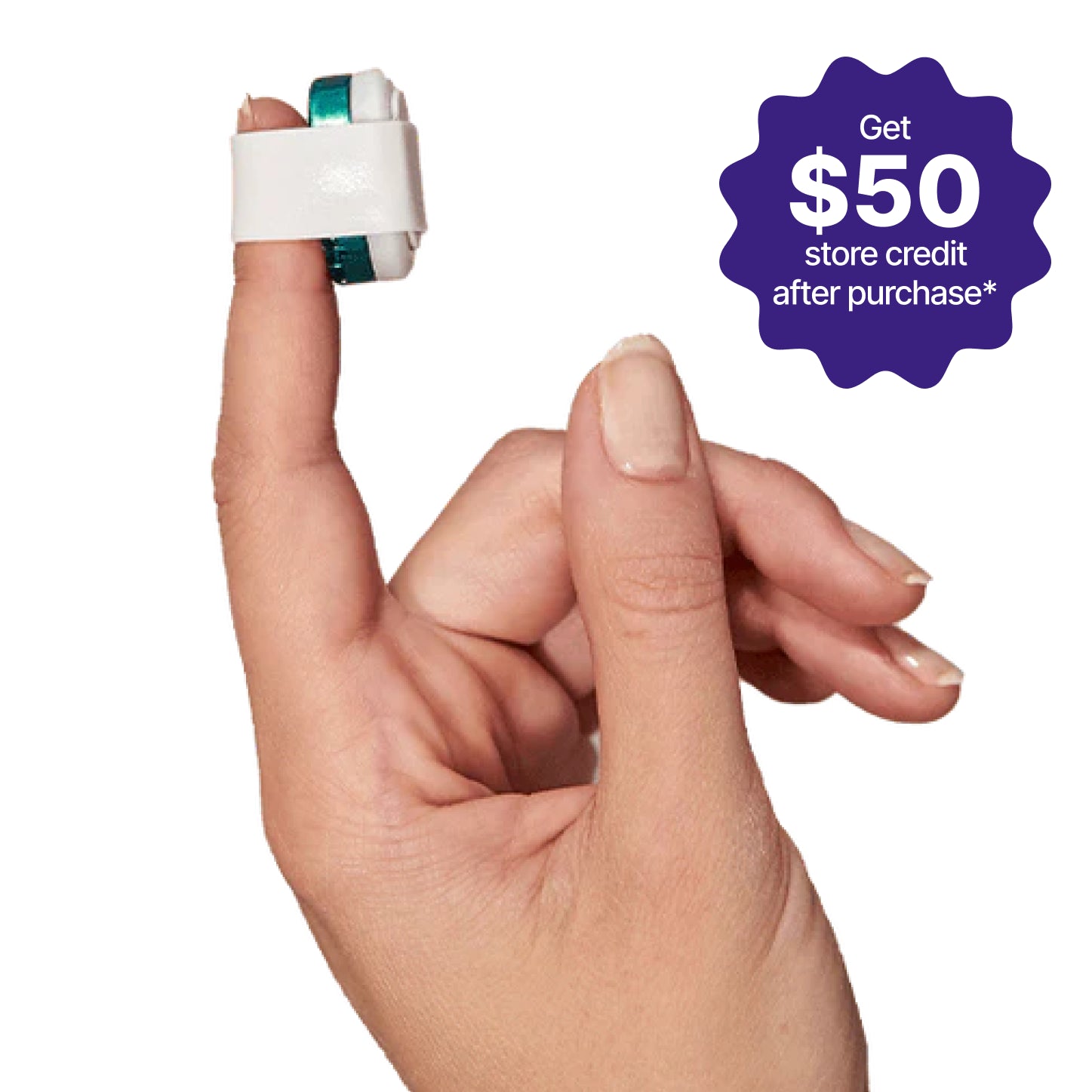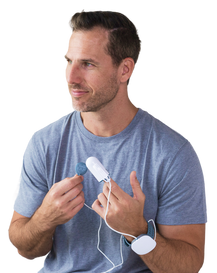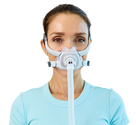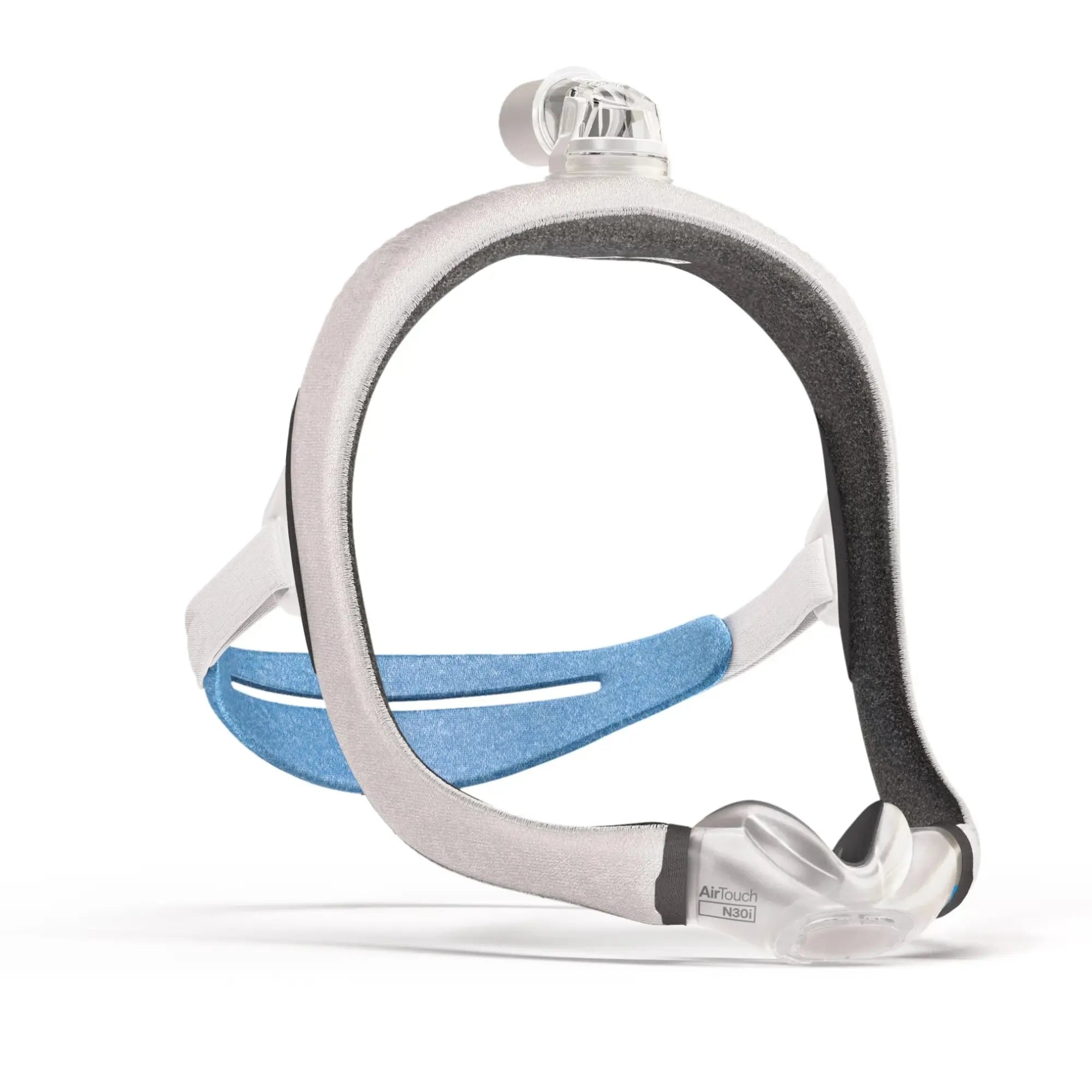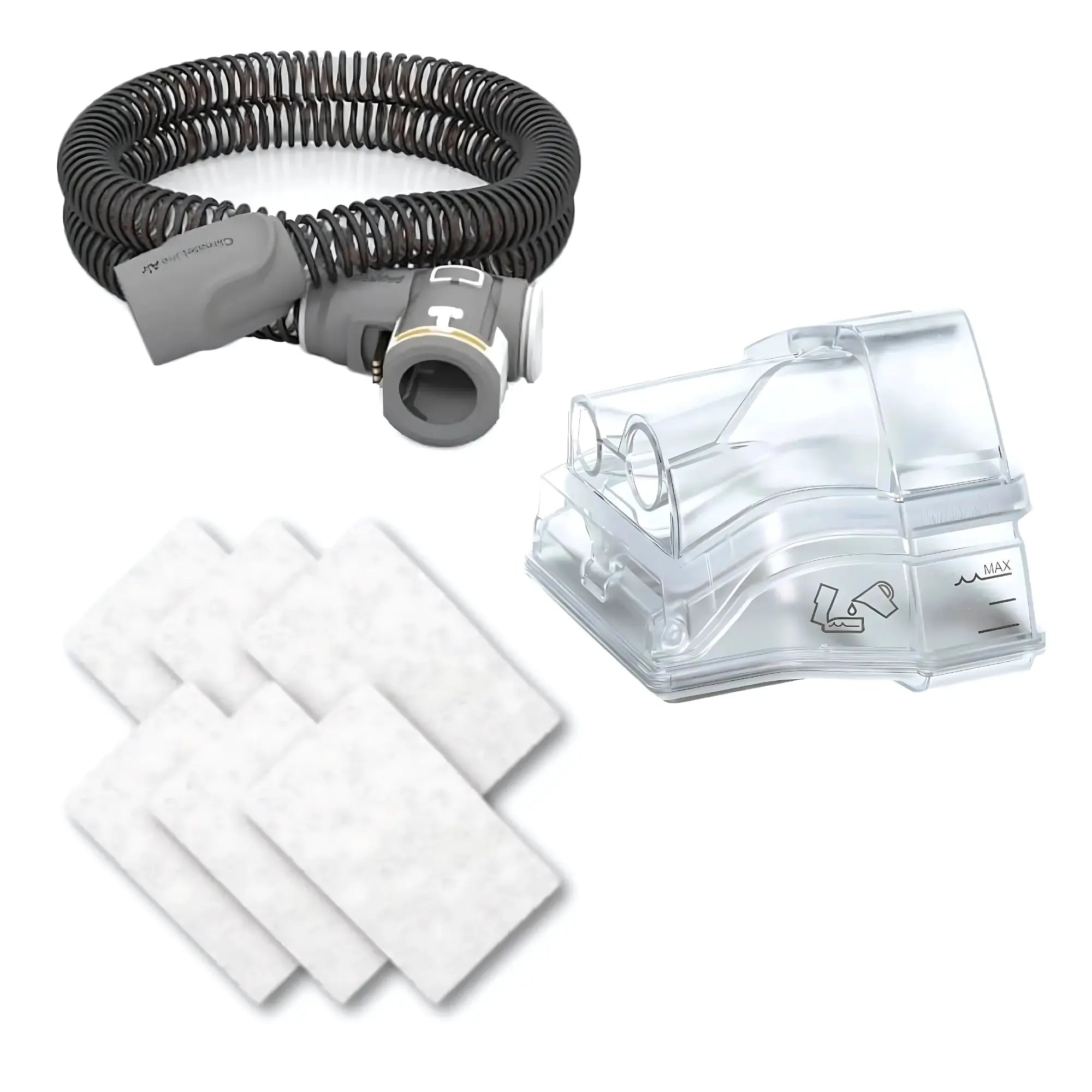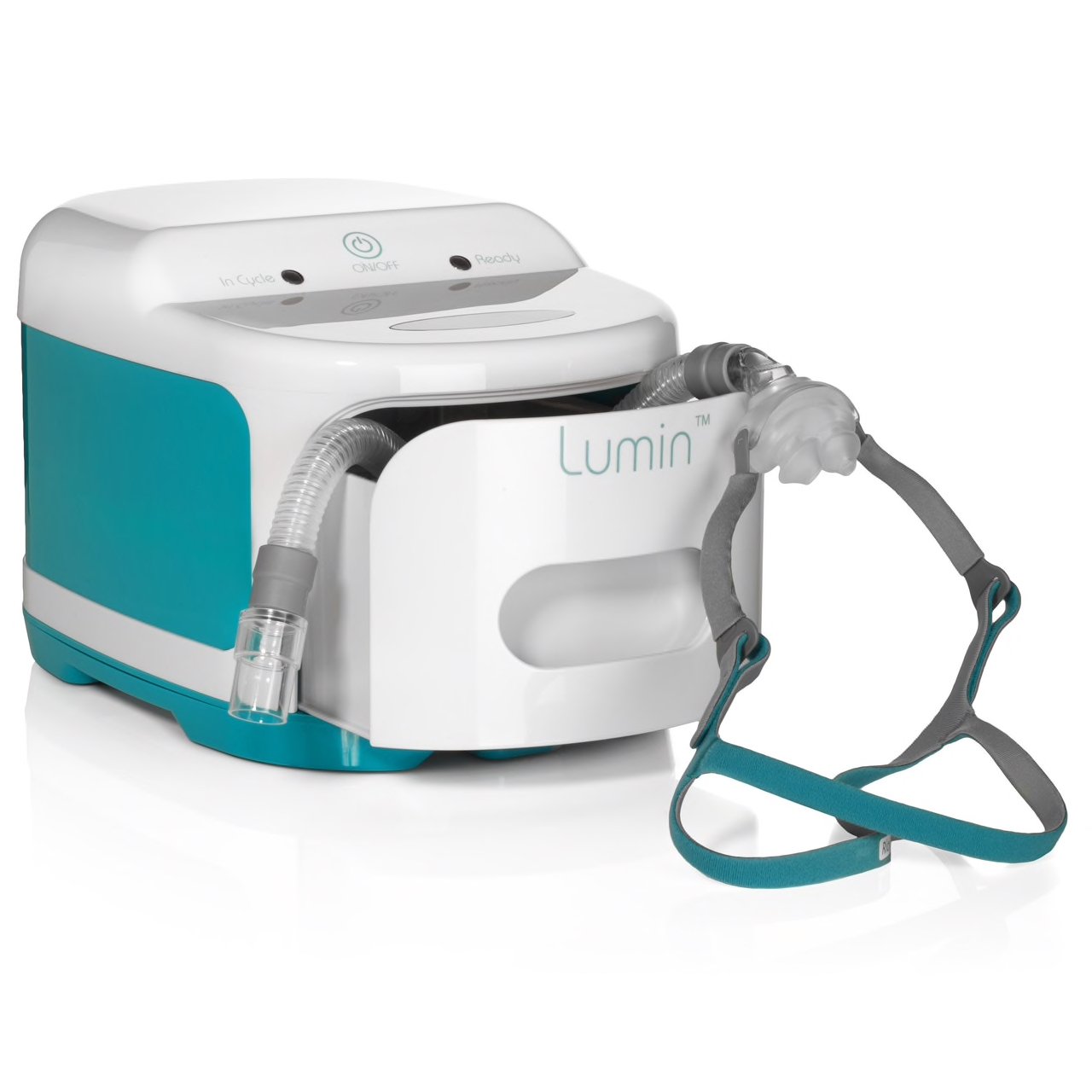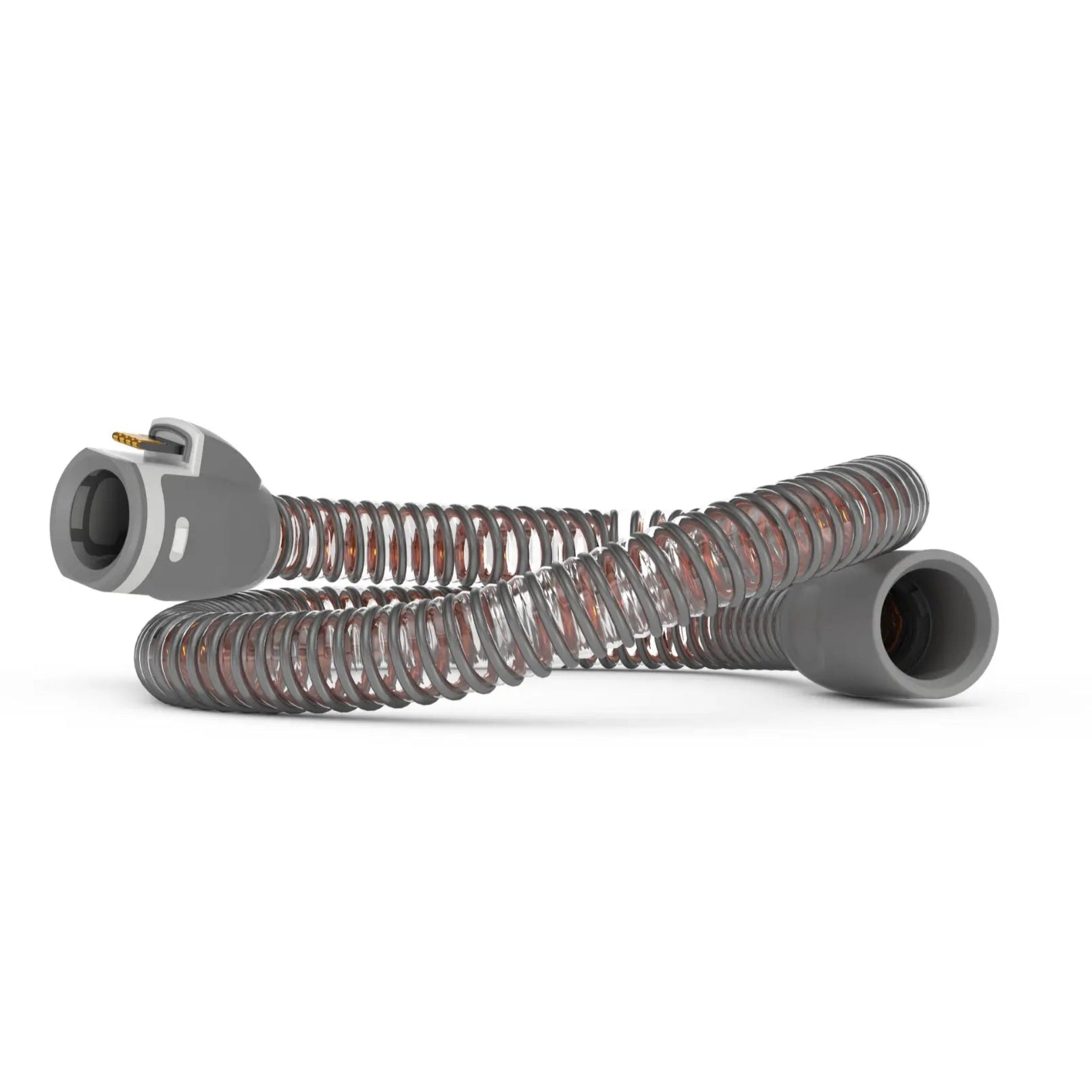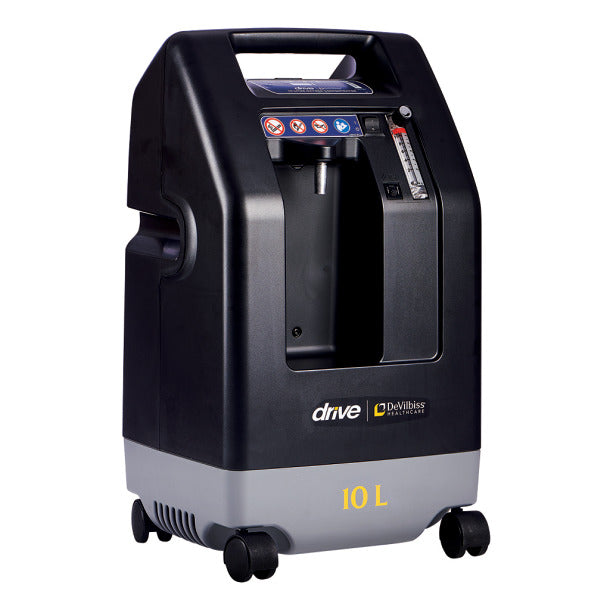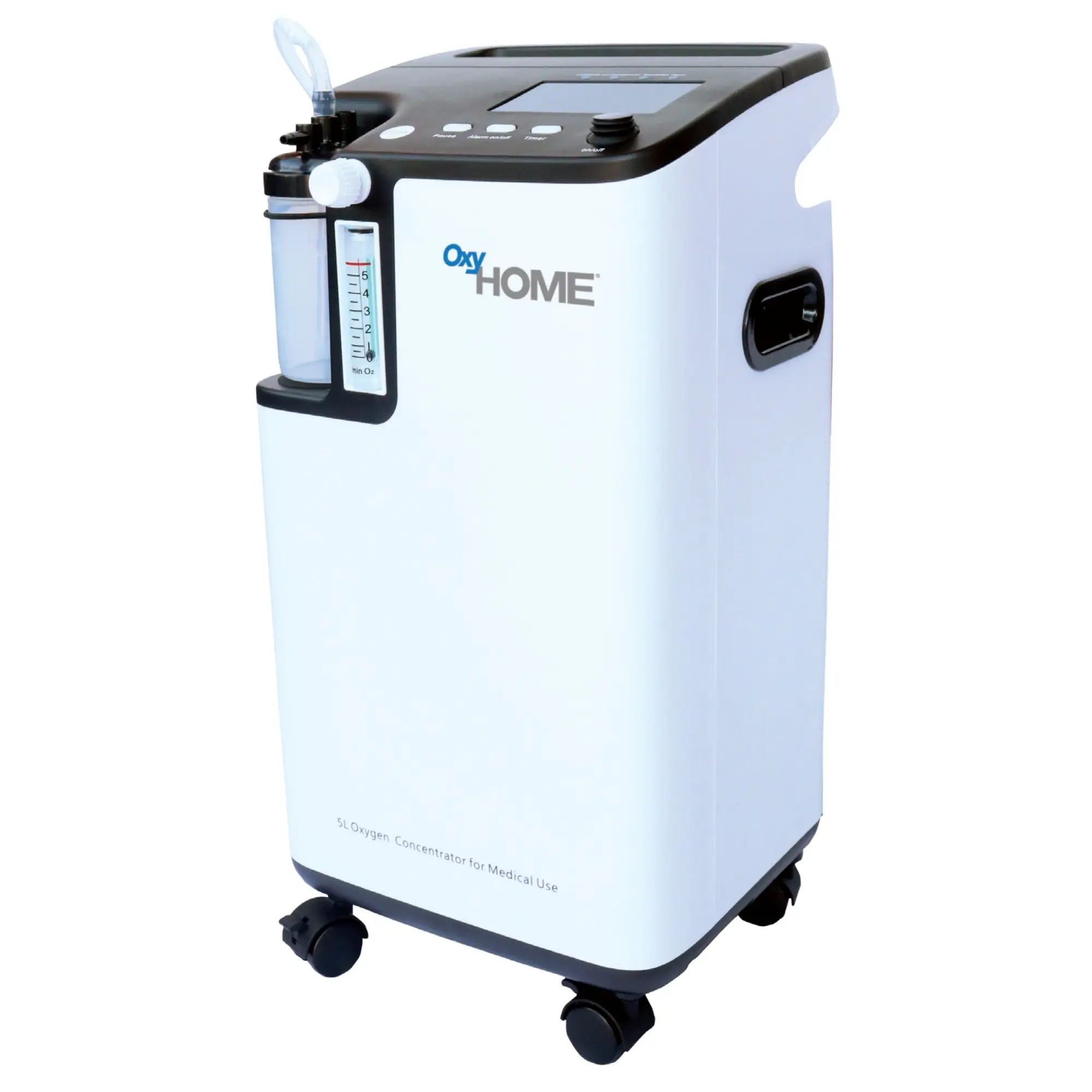A person could get an accurate assessment of the oxygen level in their red blood cells with the help of a pulse oximeter also known as a finger pulse oximeter or pulse ox. For someone who fears their oxygen level might be dropping and they feel out of breath, a pulse oximeter can help confirm or disapprove the person's suspicion. It is a handy little home use device for people who experience frequent breathing problems or have some kind of chronic pulmonary illness. Let's find out more.
What Exactly is a Pulse Oximeter?

A pulse oximeter is usually a small and lightweight device. It tends to be rectangle-shaped with a gap in the middle. So you can carry it around in the palm of your hand, and it can even fit into your purse.
What does this pulse oximeter device do? Well, it measures the amount of oxygen present in your body as of the moment. It also gives you an idea of your pulse rate. This tool does not invade your body in any way. You only have to attach it to your fingers. Light wavelengths are sent through the fingers. This measures the oxygen percentage in the body and the pulse rate.
After the assessment is done, you will see the screen of the pulse oximeter device flash with numbers. One number will be the pulse rate, which will be displayed besides PRbpm. The other would be the oxygen level supplied to your blood from the heart, which is displayed beside the words SpO2.The Food and Drug Administration warns against buying a pulse oximeter unnecessarily so talk to your doctor before buying one.
How to Read a Pulse Oximeter?
Reading a pulse oximeter is actually easy once you understand the words written on the device. First, you attach the device to your finger and keep your hand lower than where your heart is. Now, two kinds of reading would show up on the device's screen, stating your current health condition. Let's take a look at the two readings.
Pulse Rate
The pulse rate is a representation of the number of times in a minute your heart is contracting. According to research, the pulse rate for a regular healthy adult could be anywhere from 60 to 100 beats in a minute. This number of beats every minute is also stated as bpm or beats per minute.
If the heart rate is at a lower level while resting, the implication is that the person’s heart is working fine. However, for many people, if the pulse rate drops lower than 60 bpm, it could be a cause of concern. In that case, the heart rate is too slow and could result from a health condition. People with abnormally low heart rates are also known to experience tiredness, fainting, and chest pains. If your pulse rate is too low, it is suggested that you go to a doctor immediately.
In general, having a pulse oximeter in their home allows a person to get a good reading on their SpO2 and pulse rate level. If the reading is not satisfactory, you can respond with speed. You will find pulse oximeters in homes of people who have breathing problems or heart conditions.
SpO2 Or Blood Oxygen Saturation
The SpO2 is a somewhat accurate measurement of your blood oxygen level. If the SpO2 comes out as more than 95%, then your oxygen level is normal. If it drops to 92% or even more it is called hypoxemia and it could be a cause for concern. A low oxygen saturation level could lead to you experiencing breathing problems, chest pains, higher heart rate, and breathing problems. If you experience low oxygen levels and shortness of breath, you may want to get a Coronavirus test since those may be 2 symptoms of Covid-19. People with COPD (chronic obstructive pulmonary disease) or lung disease may need supplemental oxygen if their oxygen saturation gets too low. They may have to have a arterial blood gas test to accurately measure the oxygen levels.
The Steps for Getting your Pulse Oximetry Reading:
A pulse oximeter is a handy little device that is used in hospitals too. Your doctor might suggest keeping one in your home so you can get a good reading of your health condition from time to time.
This is how you use the pulse oximeter:
- Open the pulse oximeter by pushing on one side, so the side where you have to insert your finger is open. It can also be placed on your earlobe but that is less common that placing it on your finger.
- Place your finger inside it and then turn on the pulse oximeter. Keep your arms straight and keep your hand below your heart level. According to the American Lung Association , dark skin pigmentation, fingernail polish, skin thickness, tobacco use may all impair the reading.
- The pulse oximeter would do its work, and the sensors would work on your finger.
- After some time, the reading would show up. You would see your pulse rate and oxygen saturation level show up on the screen of the oximeter. Often, the pulse rate level would correspond closely with the oxygen level.
- If you see your levels are lower than what should be normal, don't hesitate to call your doctor or pulmonologist.
How does a Pulse Oximeter Work?

There are two main parts to a pulse oximeter. One is the sensor which is also called the probe. The other part is the display monitor, which is the first thing you notice about the device.
Once the pulse oximeter is attached to your finger, it connects with the sensor. Your finger experiences the gentlest probe. What the oximeter is doing during this time is checking how the blood is flowing in your finger. On a high-quality pulse oximeter, this shows up as a wavy image on the monitor, indicating your pulse.
When the pulse wave shows up, you would know the device is currently checking your blood flow.
Inside the pulse oximeter (the part of the device you have to open a bit to attach your finger inside), there are two LED lights. One red LED light is on the lower part, and the other is on the upper part. These are small, round-shaped lights. So when someone places their finger inside it, the sensor on one side gets the signal from the other side as it passes through the tissue.
How Accurate is a Pulse Oximeter?
Pulse oximeter readings are generally accurate. This does not mean it is never wrong, or the reading can not be slightly off. However, the general reading is on the satisfactory side.
If the saturation level appears to be 90 to 100 percent, the reading is most probably right. Most cases show the reading as close to accurate as possible at this level. If the saturation level shows somewhere from 80 to 90 percent, there are chances of the reading being wrong. It could also be accurate, or it could be more off than you expect.
Below 80 percent, the accuracy dwindles a lot. So, while a pulse oximeter is a useful device, you can not say for certain the reading is completely correct.. Instead, you should look at the reading overtime to get a better idea.
The reading of a pulse oximeter could also be affected by several factors. For one, the user's hand has to be warm and relaxed. The person also has to hold still until the pulse rate is detected. You should also not be wearing nail polish or have artificial nails.
If you are a smoker, the oxygen level readings can show up as higher than what your actual level happens to be. This is because a person who smokes a lot would have lots of carbon monoxide in their blood. The pulse oximeter is unable to differentiate between oxygen and carbon monoxide. The sensors mistake both for oxygen, which affects the results. Additionally, even having thicker skin can have an impact on accuracy.
Final Thoughts
Often, healthcare providers advise their patients to keep a pulse oximeter in their homes. If you suffer from any kind of heart condition or breathing problems, a pulse oximeter will help you get a reading on your current health level. Since a person with a heart condition could experience problems unexpectedly, checking your pulse rate from time to time helps. Despite experiencing a shortage of breathing, many people dismiss it because they think it's a fluke. If you have a device at home that will warn you in time, it helps you take better care of your health.
If you are wondering where to buy one, Drive DeVilbiss MQ3000 Fingertip Pulse Oximeter might be to your liking. A pulse oximeter is a lightweight, small device as it is. You can carry it around in your pocket if you want. Additionally, this one comes with a lanyard. If you are going out and you want the pulse oximeter to be within reaching distance, you can make use of the lanyard, so you don't have to keep it in your hand all the time. You can attach the lanyard to your bag or your clothes.
Consult with your doctor to know if you need a pulse oximeter or not. In this case, even if your doctor does not strongly suggest it, keeping one in your home is a good idea in general. If you are starting some kind of oxygen therapy, you can also report to your doctor with valuable information on your oxygen level.



